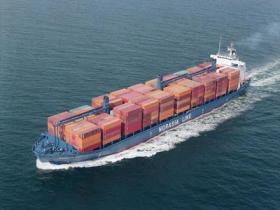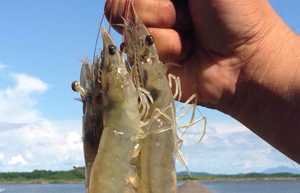Rough seas for new container ships

ThyssenKrupp AG Wednesday said it is stopping the construction of four container ships with immediate effect. All over the world millions of conatainers stay empty.
The decision to stop the construction has been made after the company has been informed by the clients who ordered the ships that the banks aren’t going to finance the construction of six 3,400 TEU* class container ships, ThyssenKrupp Marine Systems AG said in a written statement.
A.P. Moeller-Maersk A/S, the world’s largest container line, will report a 35% drop in profit this year, according to analyst estimates.
The line has laid up seven of its 470 container vessels, according to spokeswoman Marie-Louise Moeller.
Neptune Orient Lines Ltd., Southeast Asia’s biggest container carrier, is seeking to raise rates for carrying a 20- foot box from Asia to Europe by $250 from April 1, it said in a statement.
Rates have fallen “drastically” for more than a year, added the company, which expects a full-year loss.
Large and ultra large ships
The arrival of large and new ultra large vessels on the container shipping market adds more pressure to already weakened shipping rates, and the poor economy is highlighting questions about these ships’ viability.
Most of the larger ships can currently carry around 8,000 to 9,000 TEUs. That is higher than the maximum capacity of about 5,000 TEUs for ships passing through the Panama Canal.
In the pipeline are even larger ships with the potential to carry as many as 14,000 TEUs, analysts said, higher than the 12,000-TEU capacity the Panama Canal will have when its expansion is complete around 2015.
Capacity idled
With more than 1 million TEUs capacity currently idled, and another 1 million TEUs being less-than-fully utilized, the expected addition of 1.5 million TEUs in 2009 will only place greater stress on the market, insiders said.
* 1 TEU (Twenty feet Equivalent Unit) is one container measuring 20 feet long, 8 feet wide and 8 feet high. A 40-feet container is considered 2 TEUs.











